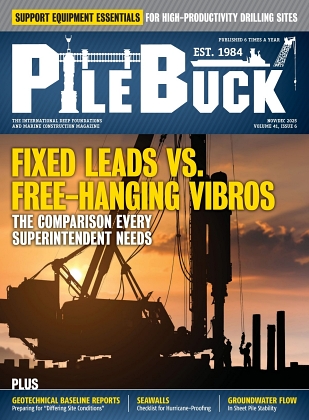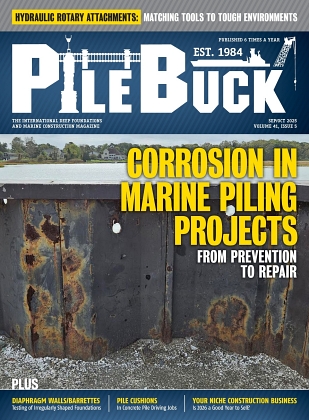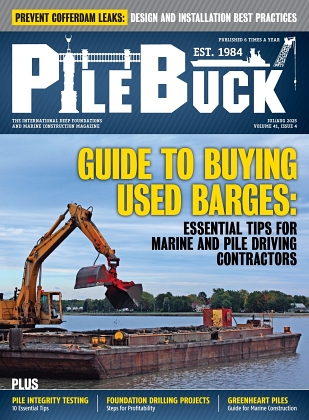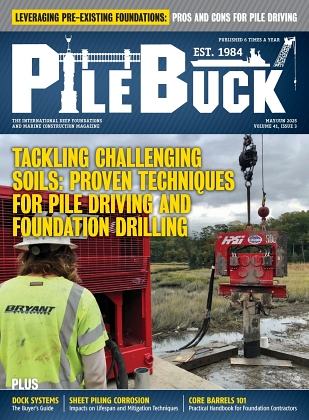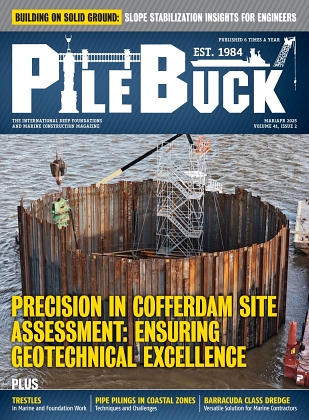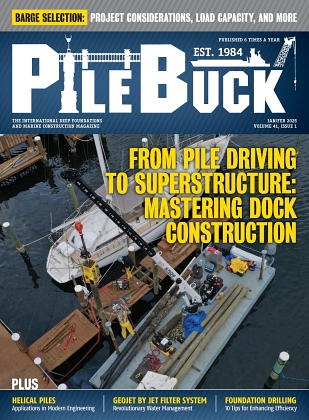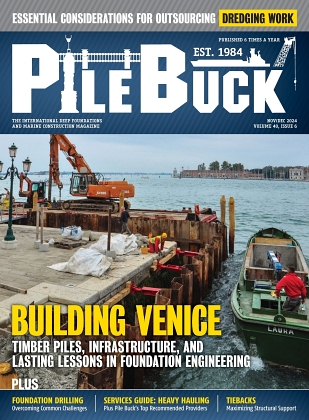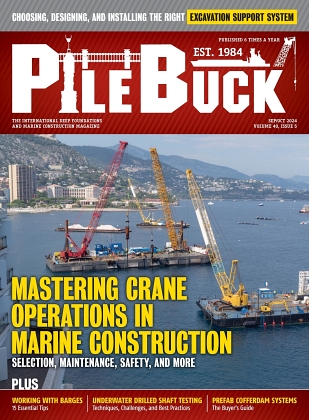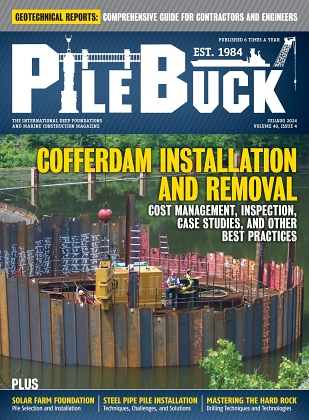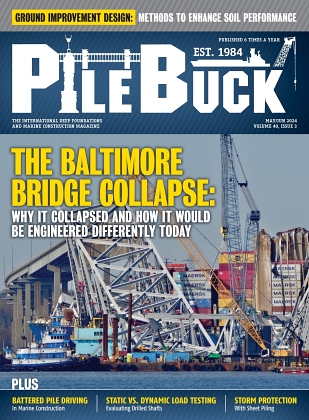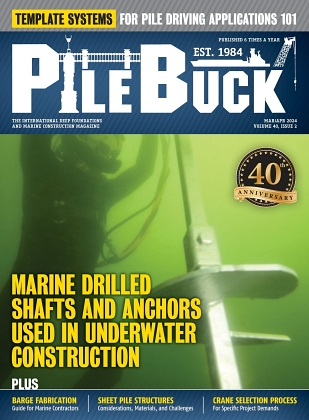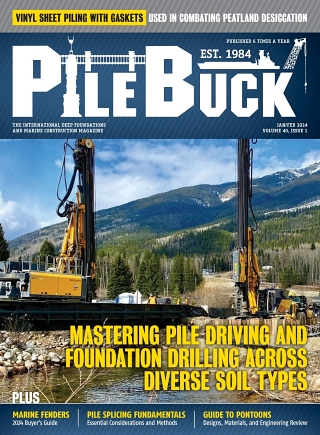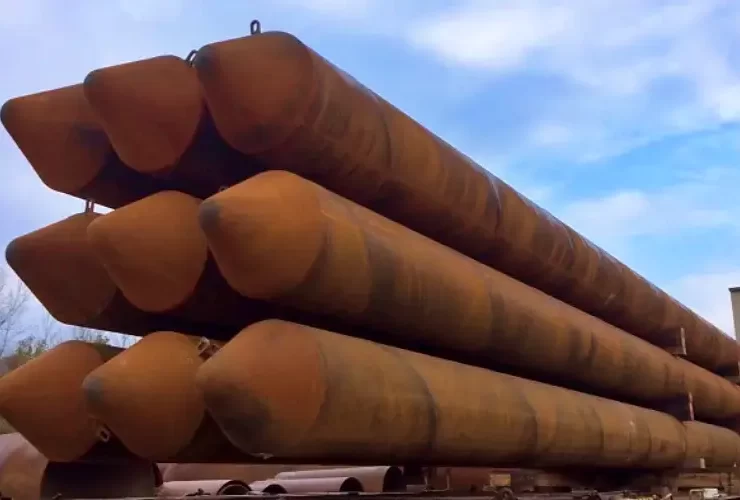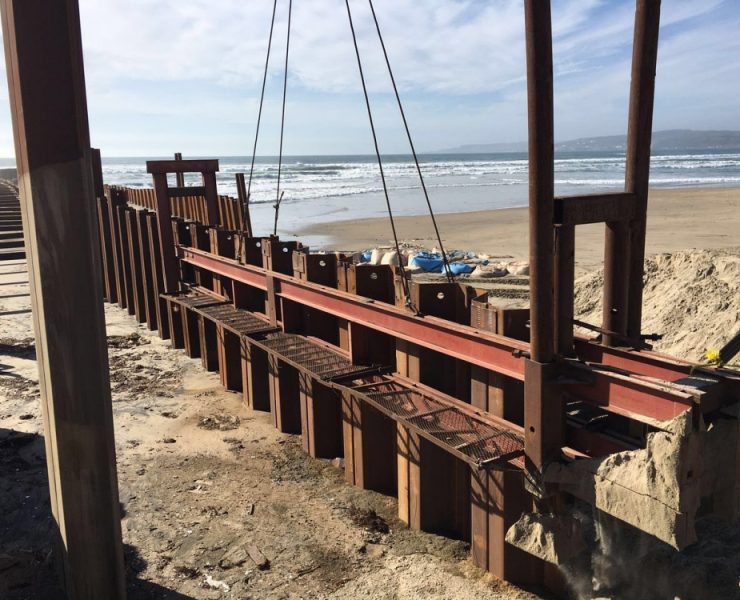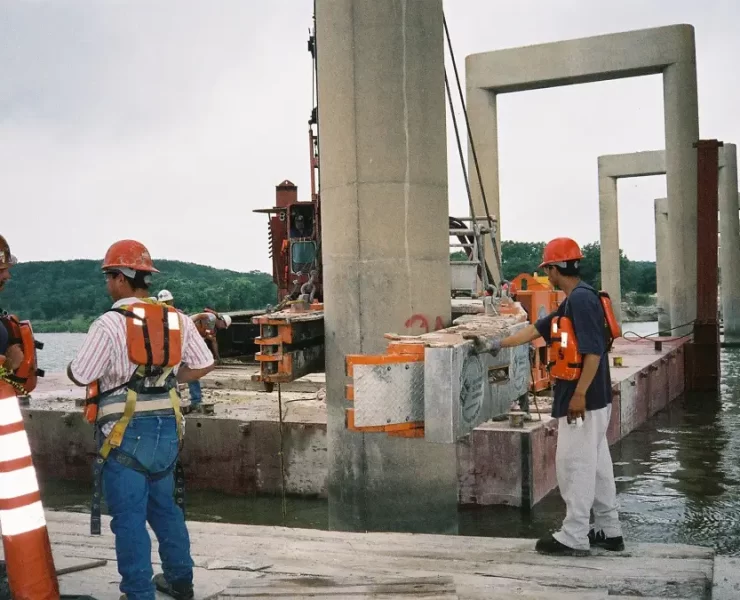Greenheart Piles: Strength and Sustainability for Coastal Builds
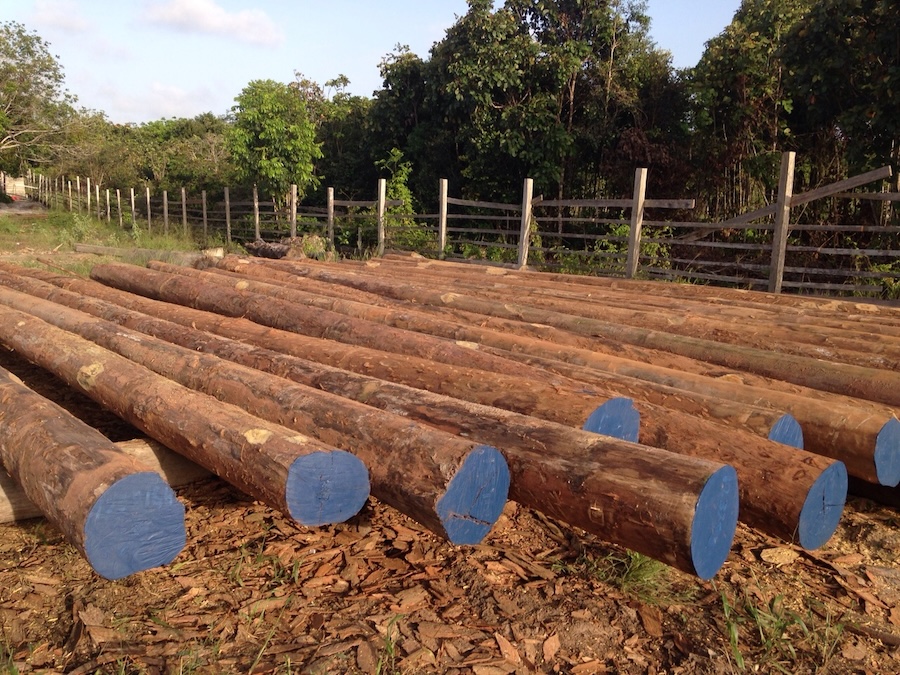

View the complete article here.
Greenheart piles, derived from the tropical hardwood tree Ocotea rodiaei, are renowned in the marine construction industry for their exceptional strength, natural resistance to decay, and longevity in harsh aquatic environments. Sourced primarily from the rainforests of Guyana and Suriname, these piles have been utilized for over 150 years in applications like docks, piers, bulkheads, and bridges—often outlasting treated alternatives without chemical preservatives. This guide explores their properties, sourcing, installation, maintenance, and comparisons to alternatives—drawing on industry best practices to help contractors integrate them into projects effectively.
Properties and Advantages
The standout durability of greenheart piles stems from their natural oils and high density, providing resistance to marine borers, decay fungi, termites, and fire. Heartwood is rated highly resistant, with some installations lasting over 50 years without structural defects, even in extreme conditions. Mechanically, greenheart is three to four times stronger than treated pine or fir, with exceptional bending strength and stiffness, making it superior for load-bearing in marine environments.
Key advantages include biological resistance without preservatives, reducing environmental impact, and versatility in heavy marine, bridge, and post applications. However, its density can make processing challenging, requiring specialized tools for cutting and drilling.
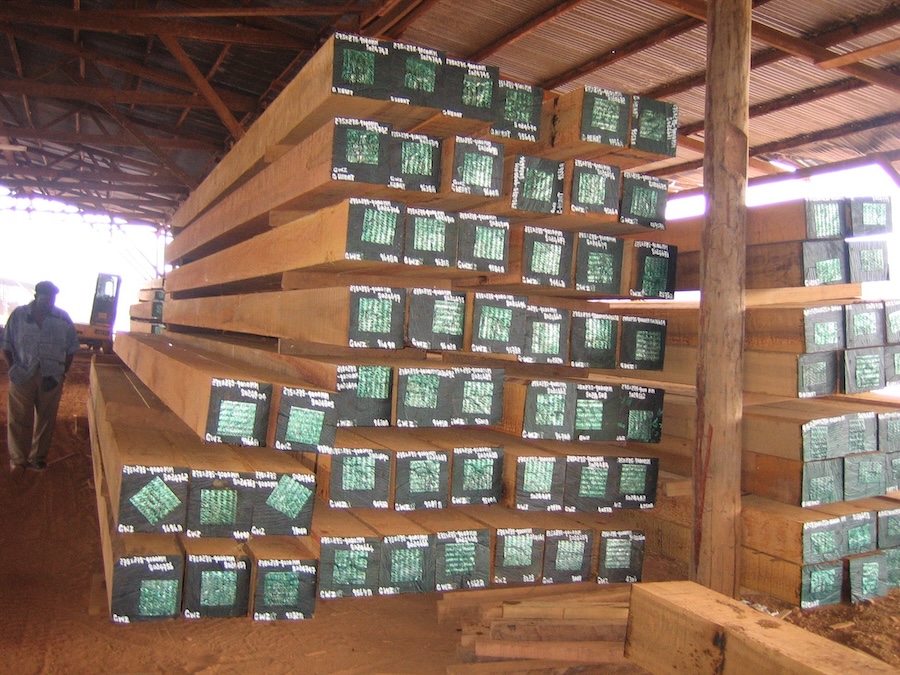
Sourcing and Sustainability
Sourcing greenheart piles involves responsible harvesting from Guyana’s rainforests, where sustainable practices have been in place for over a century. In 2025, suppliers emphasize FSC-certified timber to ensure ethical supply chains, minimizing deforestation and supporting local communities. Recycled or reclaimed greenheart is increasingly available, extending sustainability by repurposing material from old structures. Contractors should verify certifications and opt for suppliers like those in the UK or US specializing in tropical hardwoods to avoid unregulated sources. Challenges include limited supply due to slow growth rates, but alternatives like basralocus can supplement when needed.
Installation Techniques and Best Practices
Installing greenheart piles follows standard timber pile methods but accounts for their density and strength. Driving is common using impact hammers, with predrilling or jetting recommended in dense soils to prevent brooming or splitting. For marine docks, techniques include water jetting for soft bottoms or vibratory hammers for minimal disturbance. Best practices involve cladding tips with steel shoes in gravelly soils and ensuring plumb alignment to avoid damage.
Incorporate static capacity design per manuals like the Timber Pile Design and Construction Manual, calculating based on cohesive or cohesionless soils. For uplift resistance, embed in concrete or use rebar reinforcements. Always inspect for sapwood, as it reduces longevity.
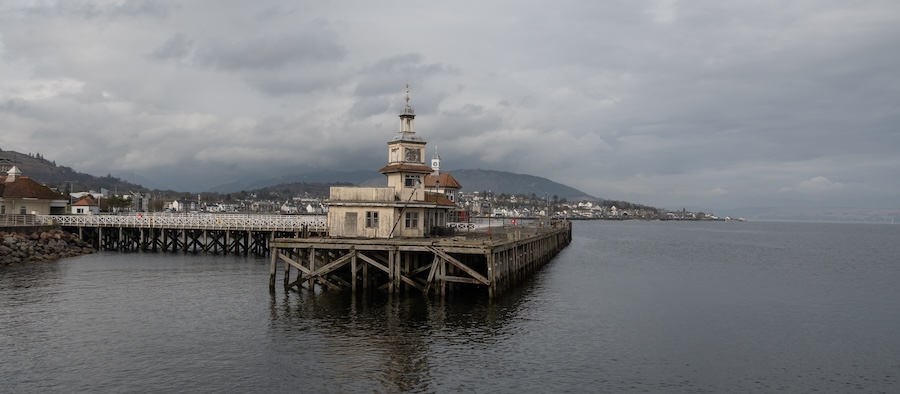
Maintenance and Longevity
Greenheart piles boast impressive longevity, often exceeding 50 years in marine settings with minimal maintenance due to their natural resistance. Regular inspections focus on checking for soft-rot fungi, bacteria, or marine growth, using barriers like wraps or caps to extend life. Repairs may involve fiber-reinforced polymer (FRP) wrapping for deteriorated sections, proven superior in case studies like Maine harbors. In Venice, similar hardwoods faced shipworm degradation, underscoring the need for site-specific assessments. Case studies, such as UK coastal piers, show piles lasting decades with proper installation.
Comparisons to Alternatives
Compared to steel piles, greenheart offers better corrosion resistance without coatings but lower stiffness, making steel preferable for high-impact zones. Versus concrete piles, greenheart is more forgiving and absorbs energy better, reducing vessel damage, though concrete excels in compressive strength. Timber like greenheart has lower embodied carbon than steel or concrete, with studies showing optimized designs reducing emissions via hybrid approaches. Alternatives like FRP or helical piles provide minimal vibration installation but may lack greenheart’s natural durability in marine borers.
View the complete article here.
Why are greenheart piles preferred for marine construction?
They offer exceptional strength, natural decay and borer resistance, and can last over 50 years in harsh aquatic environments.
How should greenheart piles be installed and maintained?
Drive them with impact or vibratory hammers, use steel shoe tips in dense soils, and perform regular inspections for rot or marine growth.

